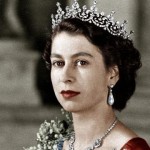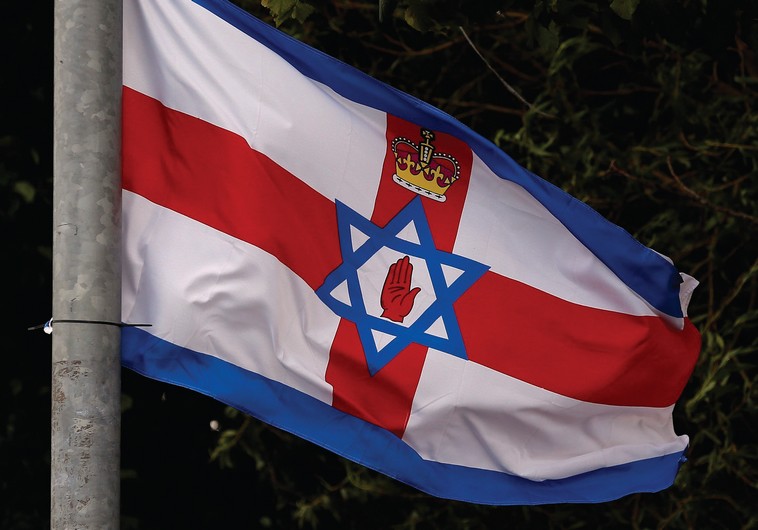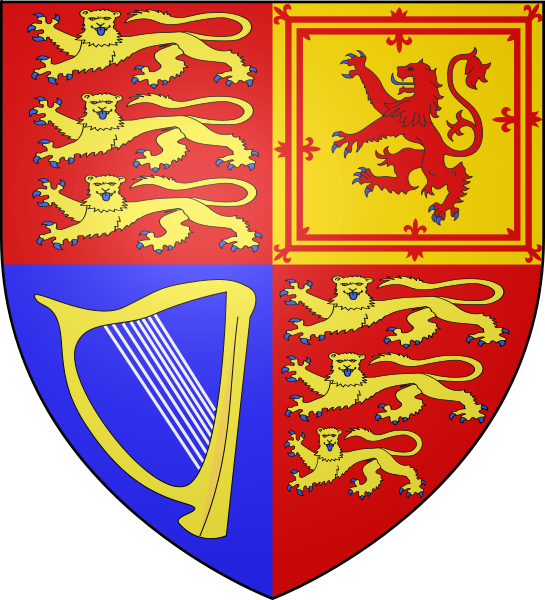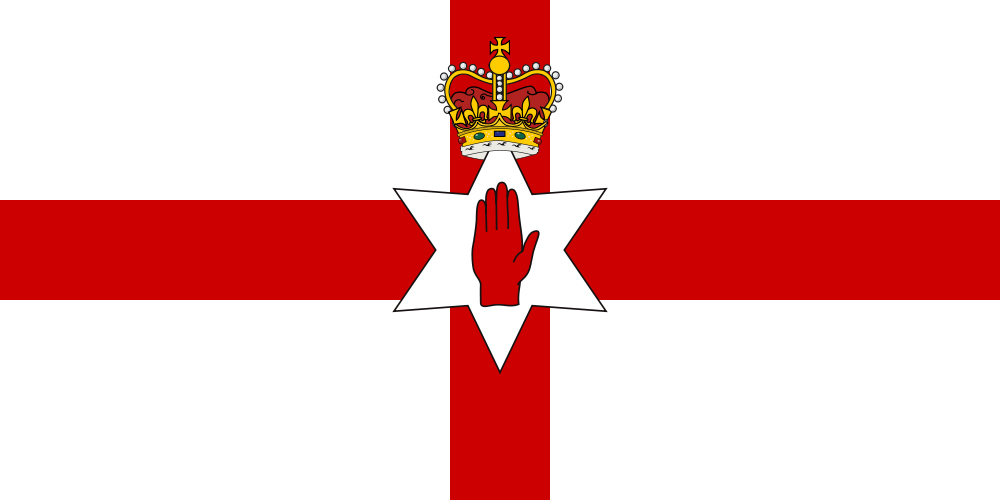By Frederick Lawrence Rawson – Danu or Donu seems to have been considered by the Goidels or Gaels as the 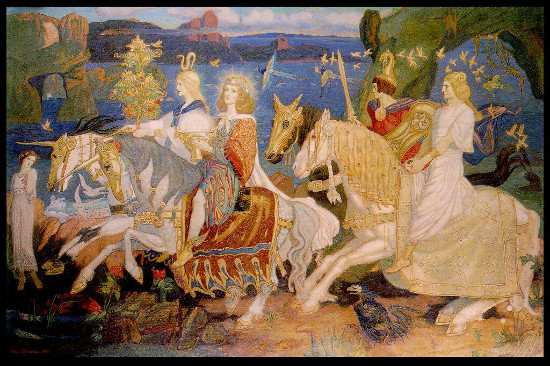 ancestress of the gods. The Goidels, according to the most generally accepted theory, arrived in Britain between 1000 B.C. and 500 B.C., whilst the Brythons or Brittones seemed to have appeared about the third century B.C. Their descendants are the more modern Gaels and Cymry.
ancestress of the gods. The Goidels, according to the most generally accepted theory, arrived in Britain between 1000 B.C. and 500 B.C., whilst the Brythons or Brittones seemed to have appeared about the third century B.C. Their descendants are the more modern Gaels and Cymry.
Some of the principal figures in British mythology are called sonsand daughters of Don—such as Arianrod, daughter of Don, also called daughter of Beli. Britain, according to a Welsh triad, was known as the “Honey Isle of Beli.” Bilhah was the mother of Dan. (Gen. 30, ver. Cr. 6), and Bela was the eldest son of Benjamin, whose four sons, Ezbon, Uzzi, Uzziel, and Jerimoth were mighty men of valour (I. Chron. 7, ver. 6 and 7, and 8, ver. 1). Probably the surname “Bill” is the modern equivalent.
According to mythology, there were various sons of Don, one of whom fought the gigantic Bran. These children of Don were regarded as deities of the sky, and the greatest was probably Gwydion. Several of the leading mythologists think that he was identical with Odin, and Professor Rhys, in his Hibbert Lectures, has drawn a remarkable series of parallels between the two. His character, attributes, and exploits are also very similar to those of King Arthur, whose legendary fame is only explainable on the supposition that he understood mental working, or that his exploits have been mixed up with those of some greater hero. Some think that he may have been identical with Thor.
The earliest historical ground, although uncertain, is the arrival in Ireland, from Greece, of three tribes, called Fir [men of] Danaan, Fir Gailioin, and Fir Bolg. In the old Gaelic literature the former are called the Tuatha De Danann, and students of mythology now look upon them as the gods of the Celts in Ireland.
Jewish Treasures.—They burnt their ships, and landed, some say about 580 B.C., upon May 1st, at which date all important arrivals 390 19 in Ireland seem to have taken place, and brought with them their four chief treasures: Nuada’s Sword, that needed no second blow; Luis Lance, which slew of itself; Dagda’s Magic Cauldron, whose :i!>6 20 supply of food never failed ; and the mysterious ” Stone of Destiny,” which would, it was said, cry out with a human voice to acclaim a 371 34 rightful king. These are Goliath’s Sword, which, as shown in 374 Jj I. Samuel 21, ver. 9, was kept by the High Priest wrapped in a cloth 371 32 behind the ephod; the Lance was Aaron’s rod which budded; the 371 33 Magic Cauldron was the pot of manna, of which Moses said to Aaron, “lay it up before the Lord, to be kept for your generations.
… So Aaron laid it up before the Testimony, to be kept” (Ex. 16, 381 4 ver. 33, 34); the Stone was the well-known Coronation Stone.” The writer of Hebrews, speaking of “the tabernacle which is called the Holiest of all,” said that it “had the golden censer, and the ark of the covenant overlaid round about with gold, wherein was the 370 6 golden’ pot that had manna, and Aaron’s rod that budded, and the tables of the covenant” (Heb. 9, ver. 3, 4). I can find no reference to what happened to the tables of stone holding the Ten Commandments, nor to the golden censer and pot, that seem to have been kept in the Ark, and am inclined to think that they are 396 18 not there at present.
Tara the Capital.—Jeremiah appears to have been in charge of the party. On arrival they were attacked by the inhabitants, and gained a victory at the battle of Moytura,t in Mayo, when they took possession of Ireland, and fixed their capital at Tara, then called Drumcain.
SOURCE: By Frederick Lawrence Rawson – Life Understood from a Scientific and Religious Point of View

Moe is the founder of GnosticWarrior.com. He is a father, husband, author, martial arts black belt, and an expert in Gnosticism, the occult, and esotericism.


